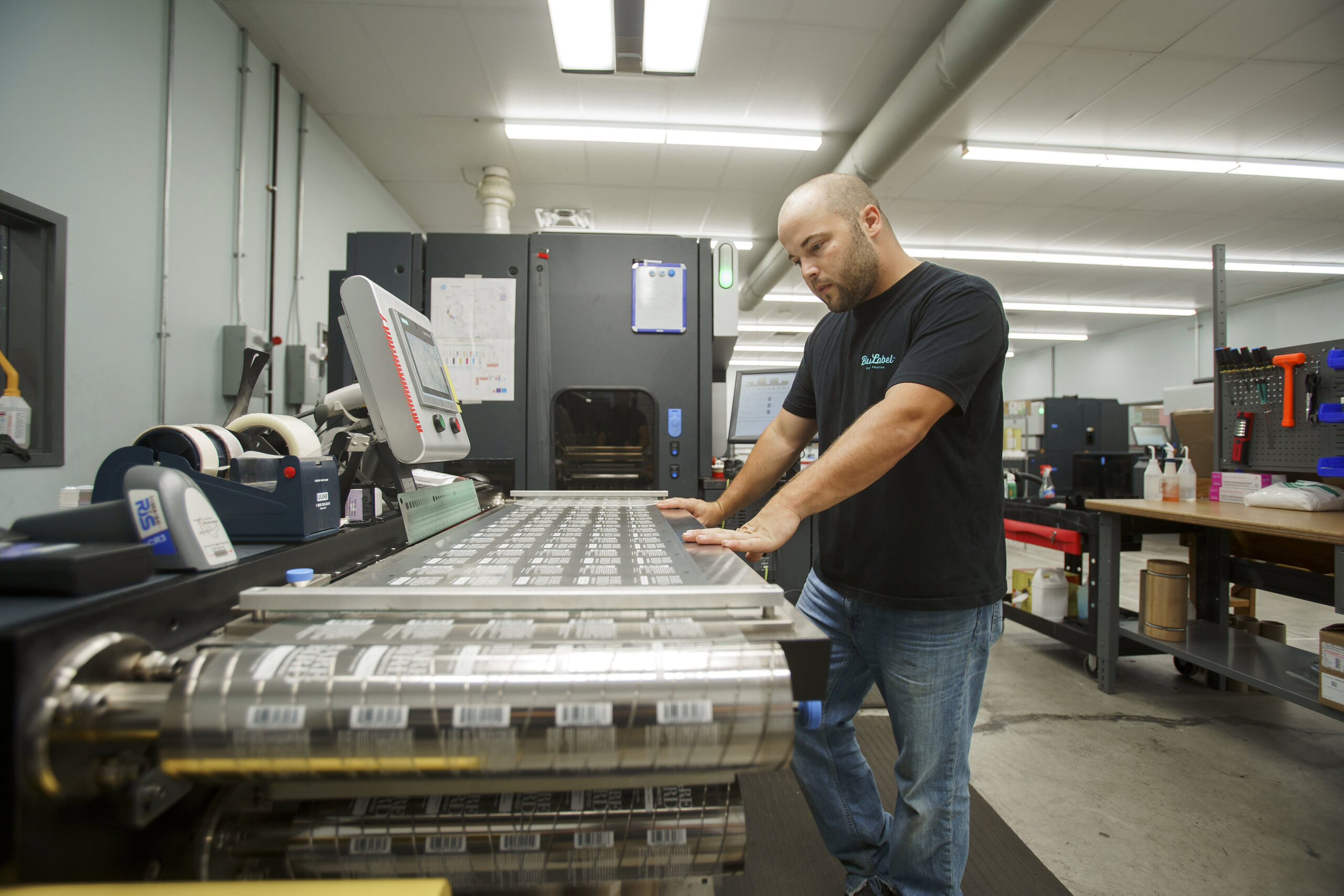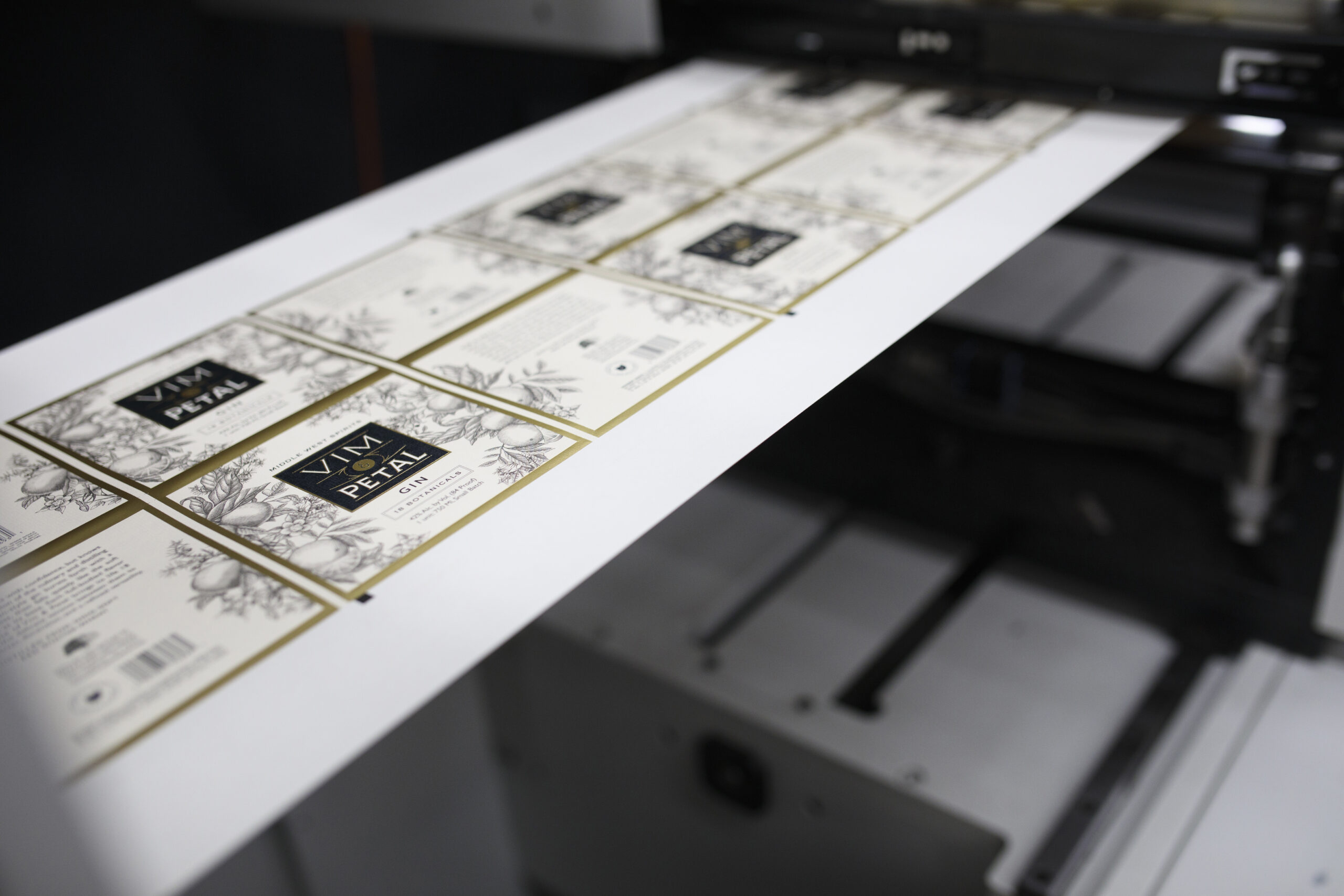How to Determine Your Label Unwind Position
The last thing you want is an upside-down label. It’s extremely frustrating to invest time and creativity in stunning labels only to have an improper unwind lead to application issues. Let’s break down how to figure out the proper roll direction and make sure your labels are correctly applied to your containers.
What is Unwind?
Unwind, also known as label roll direction, is the dimension or edge of the label that comes off the roll first. Labels come in long rolls that are fed through an applicator. As the roll runs through the machine, the labels will come off the roll in a specific direction.
If you hand apply your labels, the roll direction isn’t all too important – you’ll simply peel off the labels and place them appropriately on your container. The machine application process isn’t so simple.
Different applicators place labels onto containers in different ways – left to right, top to bottom, etc. Your unwind needs to accommodate your applicator so that the roll feeds your labels into the machine in the appropriate label wind direction every single time. If it doesn’t, you could end up with labels that are upside down or sideways.
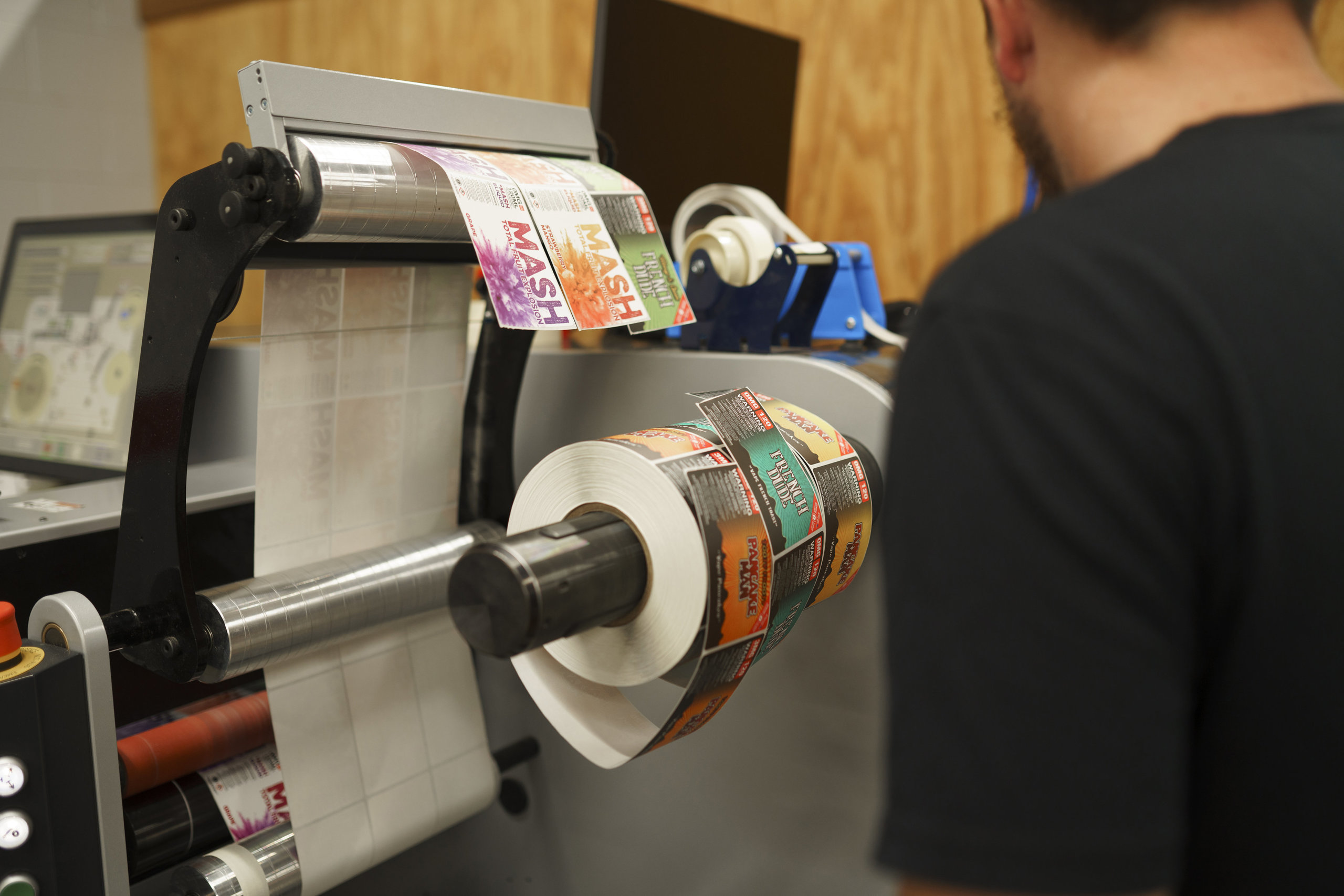
How to Choose Which Unwind is Best for You
Improper label orientation is a major issue for any business. Fortunately, it’s pretty easy to address the problem and determine your proper label roll direction.
When you don’t know which unwind is right for your business, it’s best to go straight to the source. Each label application machine will have specific instructions on the correct label roll direction. If you apply the label in house, you can refer to the label applicator’s instruction manual or contact the manufacturer. If you have a third-party applicator, they should be able to tell you which unwind is needed for your label rolls.
The Different Label Unwind Positions
There are a variety of unwind directions for labels. These unwinds are named after the edge of your label that will come off the roll first. You can use this handy label unwind chart to visualize the different roll directions.
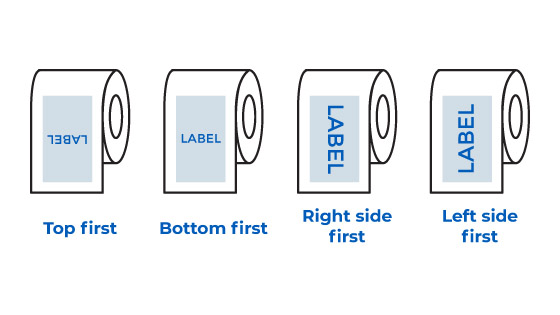
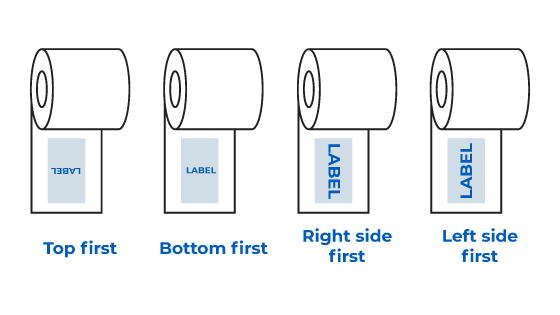
It’s also important to remember that the labels can be placed on the inside or the outside of the roll depending on the applicator. Labels printed on the outside of the roll are considered “wound out” while labels printed on the inside of the roll are “wound in.” Because of this, there are eight possible label unwind directions for your setup. As always, you’ll want to double-check your applicator’s instructions before assuming that the labels should be printed and die cut on the outside of the roll.
Maximize Your Label Costs Associated to Unwind
The unwind isn’t the only way your applicator impacts your product labels. Applicators can require a specific roll size, also known as “Max OD” (Maximum Outer-Diameter). The roll size and unwind position have a direct impact on the efficiency of your label printing process.
The dimensions and positioning of your custom label can lead to unused roll space that will add to your total label costs if you’re not careful. That’s why it’s important to partner with a label printing company that help you maximize label space and mitigate any application issues ahead of time.
At Blue Label, we work directly with you to identify potential issues and provide cost-effective solutions to ensure you get the best possible eye-catching labels for your products. Contact us today to get your next product label project underway.
